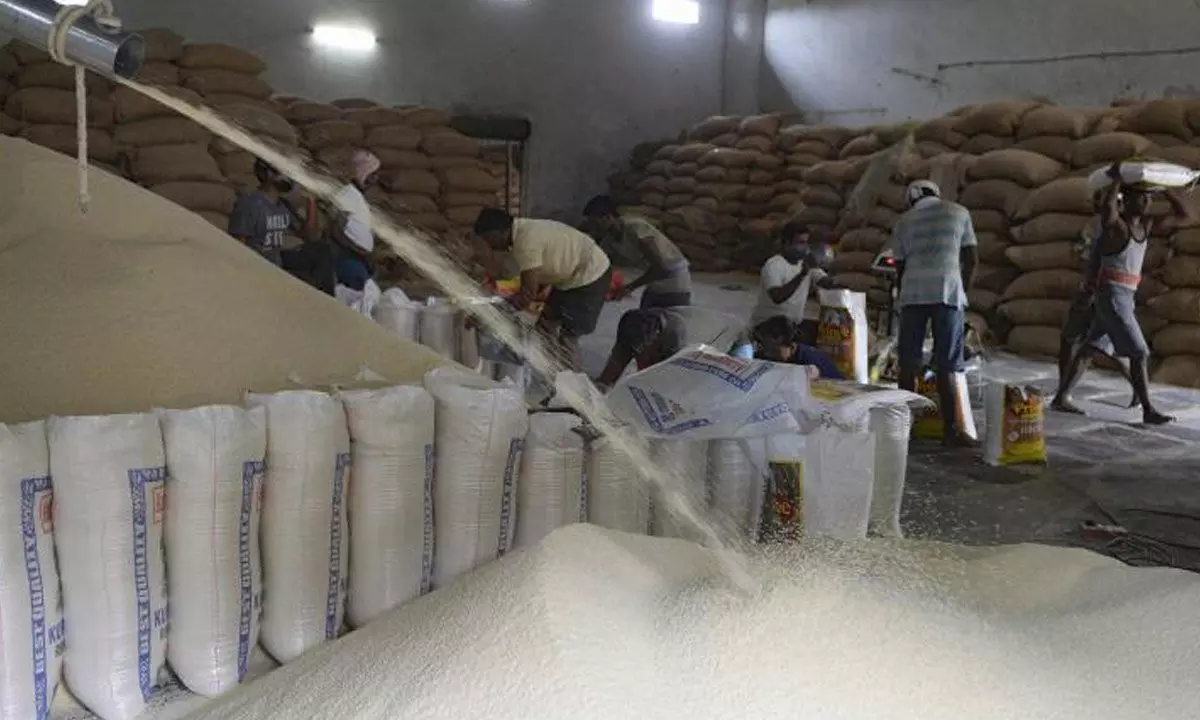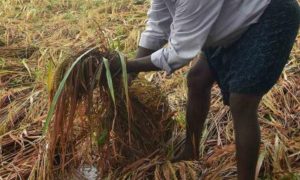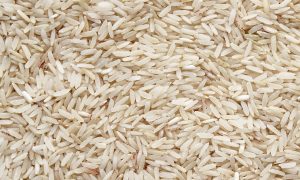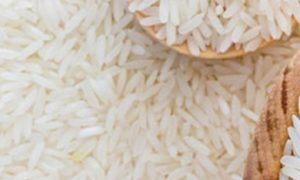Decoding grain preferences across provinces in the Mekong Delta, Viet Nam

A 2024 survey of 147 rice millers in Vietnam’s Mekong Delta revealed a preference for long-grain, aromatic, high-yield, and pest-resistant rice varieties, notably Đài Thơm 8. Millers prioritize grain quality, price, and supplier relationships, emphasizing attributes like moisture content (14–17%), white grain color, weight, transparency, and minimal chalkiness or heat damage.
Viet Nam’s rice industry plays a crucial role in its agricultural landscape, providing livelihoods for millions and significantly contributing to the economy as one of the world’s leading rice exporters. At the heart of this industry’s success is the rice milling sector, which serves as a vital link in the rice value chain, connecting farmers to consumers both locally and globally. Recent advancements in the rice sector have emphasized the importance of specific quality attributes, including grain size, shape, color, and moisture content. These traits not only affect the quality of the rice but also influence its price and marketability. Understanding consumer preferences for these characteristics is essential since they directly impact the economic value and export competitiveness of Vietnamese rice. Therefore, insights into rice millers’ preferences concerning these attributes can guide future product development, ensuring that the rice industry continues to thrive in the face of evolving market demands.
A cross-sectional survey conducted from March to April 2024 in the rice-growing provinces of the Mekong Delta in Viet Nam included 147 rice millers, contributing significant information about the rice milling operation, sourcing, and quality evaluation.
Key findings from the survey
1. Milling process
The use of a two-step milling process where bran rice is produced as an intermediate product was predominant in An Giang (75 percent), Can Tho (66 percent), and Soc Trang (43 percent) provinces. Multistage mills in which polished white rice is produced through several steps, essential in producing quality rice grains for both domestic consumption and export markets, were found across all of the provinces.
2. Rice sourcing preferences
Grain quality and price were the top priority for millers in all three provinces. Supplier relationship was the second priority in An Giang and Soc Trang provinces Most preferred rice varieties were long-grain, aromatic, high-yielding, and pest-resistant options, which are well-suited for both domestic and international markets (Figure 1).
Đài Thơm 8 was the most preferred variety across all provinces.
Millers favored varieties such as OM 5451, OM 50404, OM 380, OM 34, and OM 18,
3. Quality parameters evaluated (Figure 2)
Moisture content (14–17 percent) was the most important parameter across the three provinces.
Grain color (white) was important across all provinces.
Additional relevant traits in all three provinces were grain weight, transparency, chalkiness, absence of heat damage, and red streak.
Conclusion and implications for future research
The survey conducted in the Mekong Delta provinces of Viet Nam provides valuable insights into the rice milling sector, shedding light on the preferences and practices of rice millers. The predominant use of a two-step milling process and the reliance on multistage mills highlight the industry’s commitment to producing high-quality polished rice for both domestic and international markets. Quality attributes such as grain size, moisture content, and color emerge as critical factors influencing millers’ sourcing decisions, with a preference for long-grain, aromatic, and high-yielding rice varieties, reflecting consumer preferences both nationally and internationally. Understanding Figure 2. Quality parameters considered when sourcing grains in the Mekong Delta, Viet Nam. these drivers emphasizes the importance of aligning production with market demands to enhance economic viability.
Future research should focus on developing rice varieties that meet millers’ preferences for highquality, long-grain, aromatic, high-yielding, and pest-resistant options to enhance marketability and economic value, concentrating on the following elements:
1. Investigate milling technologies to improve efficiency, reduce wastage, and enhance quality.
Strengthen supplier relationships for a consistent supply of high-quality paddy and explore
strategies to benefit both millers and farmers.
2. Understand consumer preferences for rice quality attributes to align production with market
demands.
3. Investigate sustainable practices in rice cultivation and milling to minimize environmental
impact and ensure long-term viability.
4. Provide evidence-based recommendations to policymakers to support the rice industry’s
growth, focusing on quality improvement, technological advancements, and market access.
To read more about Rice News continue reading Agriinsite.com
Source : cgiar















